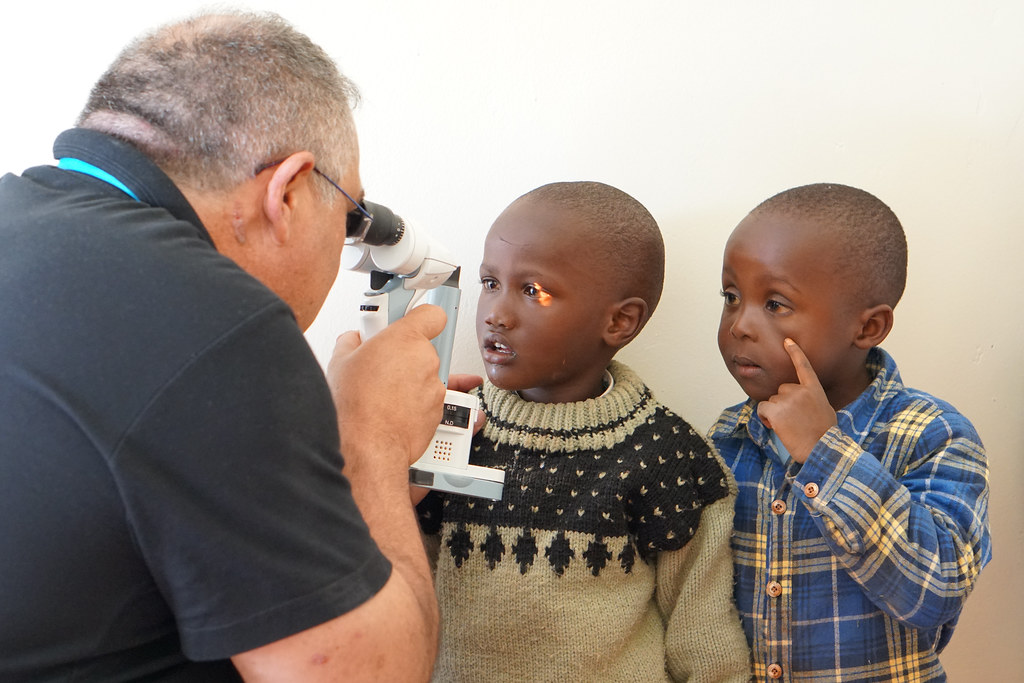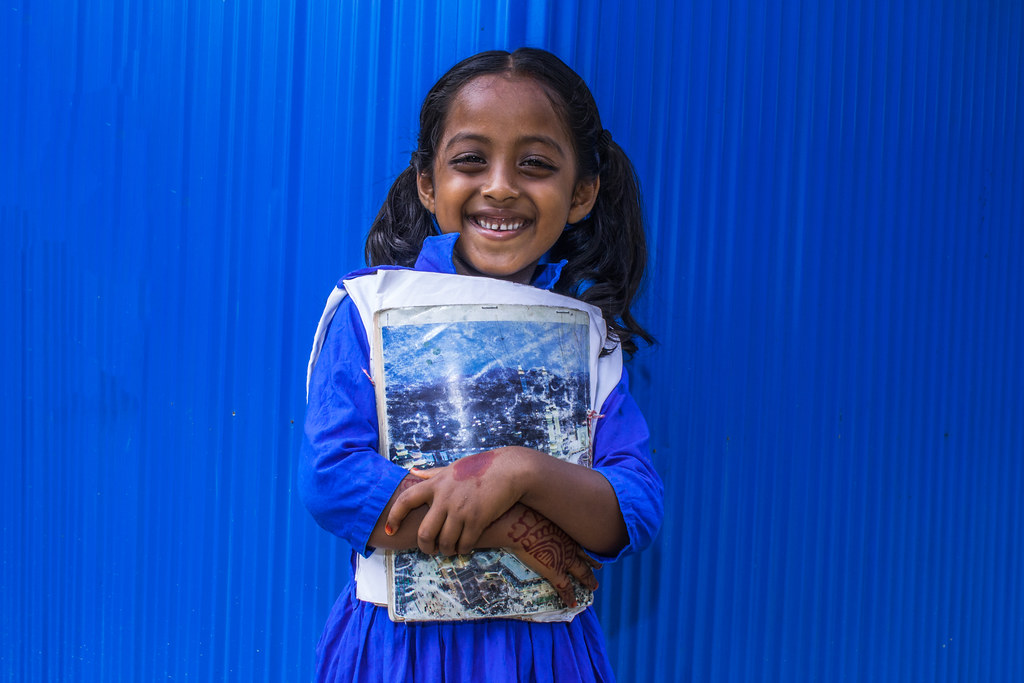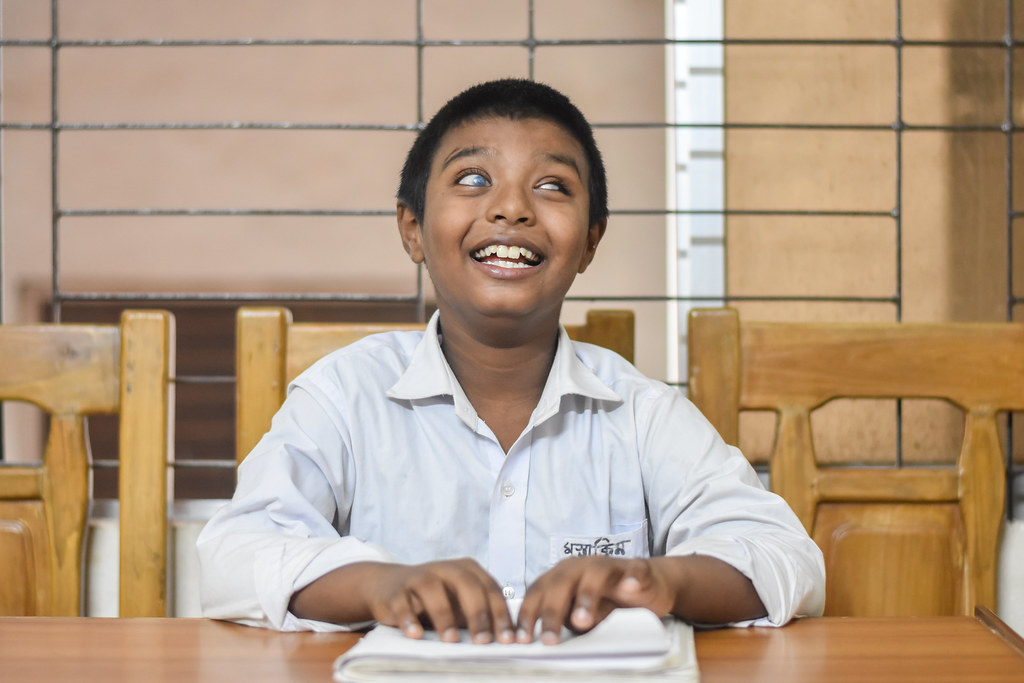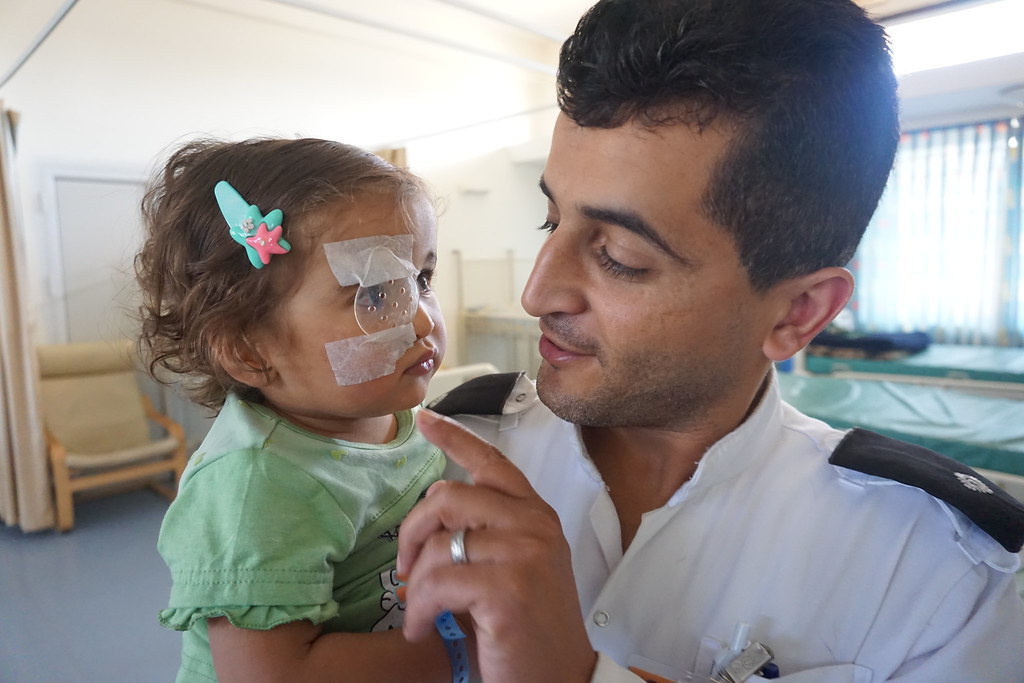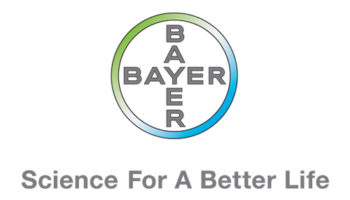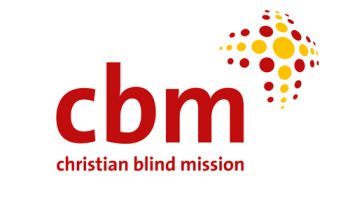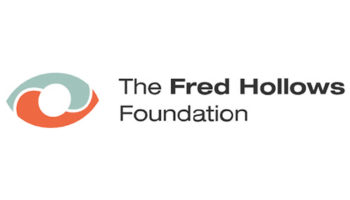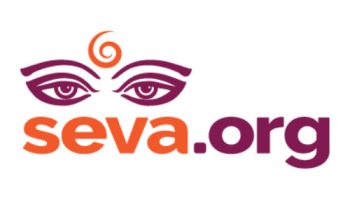- Holden BA, Fricke TR, Wilson DA, et al. Global Prevalence of Myopia and High Myopia and Temporal Trends from 2000 through 2050. Ophthalmology 2016;123:1036–42. doi:10.1016/j.ophtha.2016.01.006
- Castagno VD, Fassa AG, Carret MLV, et al. Hyperopia: A meta-analysis of prevalence and a review of associated factors among school-aged children. BMC Ophthalmology 2014;14. doi:10.1186/1471-2415-14-163
- Bourne R, Steinmetz JD, Flaxman S, et al. Trends in prevalence of blindness and distance and near vision impairment over 30 years: an analysis for the Global Burden of Disease Study. The Lancet Global Health Published Online First: 5 January 2021. doi:10.1016/S2214-109X(20)30425-3
- Gilbert C, Bowman R, Malik AN. The epidemiology of blindness in children: changing priorities. Community Eye Health. 2017;30(100):74.
- Glewwe P, West KL, Lee J. The Impact of Providing Vision Screening and Free Eyeglasses on Academic Outcomes: Evidence from a Randomized Trial in Title I Elementary Schools in Florida. J Policy Anal Manage. 2018;37(2):265–300.
- Glewwe P, Park A, Zhao M. A better vision for development: Eyeglasses and academic performance in rural primary schools in China. Journal of Development of Economics. 2016 Sep 1;122:170–82.
- Hannum E, Zhang Y. Poverty and Proximate Barriers to Learning: Vision Deficiencies, Vision Correction and Educational Outcomes in Rural Northwest China. World Dev. 2012 Sep 1;40(9):1921–31.
- Ma X, Zhou Z, Yi H, Pang X, Shi Y, Chen Q, et al. Effect of providing free glasses on children’s educational outcomes in China: cluster randomized controlled trial. BMJ. 2014 Sep 23;349:g5740.
- Ma Y, Congdon N, Shi Y, Hogg R, Medina A, Boswell M, et al. Effect of a Local Vision Care Center on Eyeglasses Use and School Performance in Rural China: A Cluster Randomized Clinical Trial. JAMA Ophthalmol. 2018 Jul 1;136(7):731–7.
- Rainey L, Elsman EBM, van Nispen RMA, van Leeuwen LM, van Rens GHMB. Comprehending the impact of low vision on the lives of children and adolescents: a qualitative approach. Qual Life Res. 2016 Oct;25(10):2633–43.
- Schneider J, Leeder SR, Gopinath B, Wang JJ, Mitchell P. Frequency, course, and impact of correctable visual impairment (uncorrected refractive error). Surv Ophthalmol. 2010 Dec;55(6):539–60.
- Burton MJ, Ramke J, Marques AP, Bourne RRA, Congdon N, Jones I, et al. The Lancet Global Health Commission on Global Eye Health: vision beyond 2020. The Lancet Global Health. 2021 Apr;9(4):e489–551.
- Kuper H, Dok AM, Wing K, Danquah L, Evans J, Zuurmond M, et al. The Impact of Disability on the Lives of Children; Cross-Sectional Data Including 8,900 Children with Disabilities and 898,834 Children without Disabilities across 30 Countries. PLOS ONE. 2014 Sep 9;9(9):e107300.
- Malik ANJ, Mafwiri M, Gilbert C. Integrating primary eye care into global child health policies. Arch Dis Child. 2018 Feb;103(2):176–80.
- Gilbert C, Vijayalakshmi P, Bhaskaran S, Udupihille T, Muhiddin HS, Windy DA, et al. Childhood Blindness and Visual Impairment. In: Das T, Nayar PD, editors. South-East Asia Eye Health: Systems, Practices, and Challenges [Internet]. Singapore: Springer Singapore; 2021. p. 169–95. Available from: https://doi.org/10.1007/978-981-16-3787-2_11
- Naidoo KS, Jaggernath J. Uncorrected refractive errors. Indian J Ophthalmol. 2012;60(5):432–7.
- Holden BA, Fricke TR, Wilson DA, Jong M, Naidoo KS, Sankaridurg P, Wong TY, Naduvilath TJ, Resnikoff S. Global prevalence of myopia and high myopia and temporal trends from 2000 through 2050. Ophthalmology. 2016 May 1;123(5):1036-42.
- Grzybowski A, Kanclerz P, Tsubota K, Lanca C, Saw SM. A review on the epidemiology of myopia in school children worldwide. BMC ophthalmology. 2020 Dec;20(1):1-1.
- Burton MJ, Ramke J, Marques AP, Bourne RRA, Congdon N, Jones I, et al. The Lancet Global Health Commission on Global Eye Health: vision beyond 2020 [Supplementary appendix 1]. The Lancet Global Health. 2021 Apr;9(4):e489–551.
- Evans JR, Morjaria P, Powell C. Vision screening for correctable visual acuity deficits in school-age children and adolescents. Cochrane Database Syst Rev. 2018 Feb 15;2:CD005023.
- Rono HK, Bastawrous A, Macleod D, Wanjala E, Tanna GLD, Weiss HA, et al. Smartphone-based screening for visual impairment in Kenyan school children: a cluster randomised controlled trial. The Lancet Global Health. 2018 Aug 1;6(8):e924–32.
- Sheeladevi S, Seelam B, Nukella PB, Modi A, Ali R, Keay L. Prevalence of refractive errors in children in India: a systematic review. Clinical and Experimental Optometry. 2018 Jul 1;101(4):495–503.
- Frick KD, Riva-Clement L, Shankar MB. Screening for refractive error and fitting with spectacles in rural and urban India: cost-effectiveness. Ophthalmic Epidemiol. 2009 Dec;16(6):378–87.
- Wodon, Q., Male, C., Nayihouba, A., & Smith, E. (2019). Looking Ahead: Visual Impairment and School Eye Health Programs.
- Minto H, Ho M. What is comprehensive school eye health? Community Eye Health Journal. 2017 Sep 1;30:21–5.
Join a powerful, unprecedented alliance for better eye health for all.
Join IAPB
